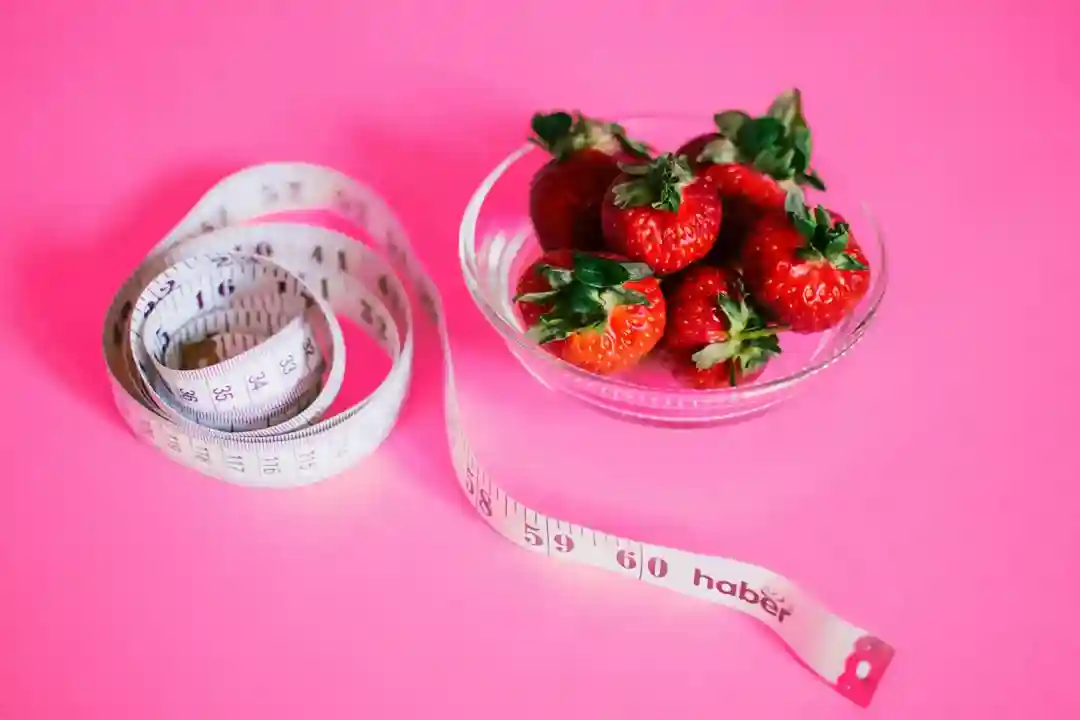Discover the Low-Fat Diet: Benefits Weight Loss and Beyond

How to Achieve a Balanced LowFat Diet for Weight Loss
Low-fat diets are a popular choice for those looking to shed a few pounds but the truth is its not as simple as just cutting out the fat. In fact eating a diet high in fat can lead to weight gain but if you replace those high-fat foods with high-calorie treats youll likely end up gaining weight instead of losing it. To truly lose weight you need to burn more calories than you consume. This can be achieved through a combination of exercise and a balanced diet low in both fat and calories.
So what foods should you include in your diet and which ones should you avoid?. When it comes to a low-fat diet its essential to remember that your body stores extra calories as fat regardless of whether they come from fat-free trans fat-free or low-fat foods. So while its great to cut out the fat you also need to keep an eye on your overall calorie intake. Incorporating lean proteins, whole grains, and plenty of fruits and vegetables into your diet is key. These foods are not only low in fat but also packed with nutrients and fiber which can help keep you full and satisfied.
On the other hand foods high in sugar and unhealthy fats such as sweets and fried foods should be limited or avoided altogether. Remember a low-fat diet is just one part of the equation when it comes to weight loss. It is important to exercise regularly and eat a balanced diet for a successful weight loss journey. By combining these elements youll be well on your way to achieving your weight loss goals and maintaining a healthy lifestyle.

How to Maintain a Balanced LowFat Diet for Optimal Health
In the realm of nutrition the concept of fat intake is often shrouded in mystery. The question of how much fat one should consume daily is a common problem. The answer lies in the recommendation of experts who suggest that most adults should derive 20 to 35 of their daily calories from fat. This translates to approximately 44 to 77 grams of fat per day for those who consume 2000 calories daily. To navigate the complex world of fat intake it is essential to read nutritional labels on food packages.
These labels provide valuable information regarding the number of grams of fat per serving and calories per serving. By consuming a variety of lower-fat foods individuals can ensure that they are receiving all the necessary nutrients while maintaining a healthy balance of fat cholesterol carbohydrates and calories. When entering the marketplace shoppers should opt for fish poultry and lean meats. These proteins-rich foods should be limited to 5-7 ounces per day. Additional low-fat sources of protein include dried beans and peas tofu low-fat yogurt low-fat or skim milk low-fat cheese and tuna packaged in water.
Furthermore choosing foods rich in omega-3 fatty acids such as salmon flaxseed and walnuts can contribute to heart health. The american heart association recommends consuming fatty fish like salmon twice weekly to reap the benefits of omega-3 fatty acids. In conclusion a low-fat diet is not about eliminating fat entirely but rather about maintaining a balanced intake that aligns with the recommended guidelines. By incorporating a variety of lower-fat foods into ones daily routine individuals can promote overall health and well-being while adhering to the recommended fat intake.

How to Transform Your Cooking with These 5 Simple LowFat Tips
Low-fat cooking is a simple and effective way to maintain a healthy diet and with these five tips you can easily adapt your culinary skills to the low-fat lifestyle. Firstly always trim all visible fat and remove the skin from poultry before cooking. This step significantly reduces the fat content of your meal making it healthier and more nutritious.
Second, when preparing soups, gravies, or stews, refrigerate them before serving. This allows the fat to solidify on top, making it easy to remove and discard. This process not only reduces the fat content but also enhances the flavor and texture of your dish. The third choice is to bake broil or grill your meats instead of frying them. Placing your meat on a rack allows the excess fat to drip away during cooking resulting in a leaner and healthier final product. This method also promotes even cooking and adds a smoky flavor to your dish.
Fourth, when it comes to seasoning your vegetables, skip the cheese, butter, or cream-based sauces. You can instead sprinkle lemon juice herbs and spices over your cooked vegetables for a burst of flavor without the added fat. This approach not only reduces calories but also brings out the natural flavors of your vegetables. Lastly, for a delicious and low-fat alternative to sour cream on baked potatoes, try using plain, nonfat, or low-fat yogurt and chives. Even a reduced-fat sour cream contains a significant amount of fat so limiting its use is crucial for maintaining a low-fat diet. By incorporating these simple tips into your daily cooking routine you can easily adopt a low-fat diet and reap the numerous health benefits that come with it.

How to Eat Healthy When Dining Out: Tips for a LowFat Diet
When it comes to consuming out the key to maintaining a low-fat diet is to make informed choices. Opt for simply prepared dishes such as broiled roasted or baked fish or chicken. All these options are not only delicious but are also healthier compared to fried or sauted food casseroles and dishes smothered in heavy sauces or gravies. By choosing these options you can keep your meal lean and nutritious. Another smart move is to ask your server to prepare your meal without adding any extra butter margarine gravy or sauce.
In this way you control the amount of fat that goes into your food. And if youre ordering a salad dont forget to ask for low-fat dressing on the side. This allows you to add just the right amount of dressing to your salad without overdoing it on the fat content. Finally, when it comes to dessert, skip the high-fat options like ice cream, cake, or pie. Instead, go for fruit, angel food cake, nonfat frozen yogurt, sherbet, or sorbet. These sweet treats are not only lower in fat but are also packed with nutrients and flavor. By making these conscious choices you can enjoy a low-fat diet even while eating out.

How to Transform Your Health with the Power of a Balanced Low Fat Diet?
A low fat diet as the name suggests is a dietary plan that aims to reduce the intake of fats particularly saturated and trans fats. This type of diet has been recommended by various health professionals and organizations such as the american heart association as a means to improve cardiovascular health and reduce the risk of heart diseases. The low fat diet is not just about cutting down on fat but also about maintaining a balanced intake of proteins carbohydrates and other essential nutrients.
The low fat diet is often associated with weight loss as it helps to reduce calorie intake and increase feelings of fullness. It is also beneficial for those with high cholesterol levels as it can help lower the levels of bad cholesterol in the blood. Furthermore studies have shown that a low fat diet can help manage conditions such as type 2 diabetes and certain types of cancer. In order to follow a low fat diet effectively it is important to be mindful of the types of fats consumed. Saturated and trans fats which are commonly found in animal products and processed foods should be limited.
Concentrate instead on consuming unsaturated fats such as those found in nuts seeds avocados and olive oil. Additionally, choose whole grains, fruits, and vegetables, and lean proteins like chicken, fish, and legumes. Remember a low fat diet is not about completely eliminating fats from your diet but rather about making informed choices to promote a healthy balance of nutrients. It is possible to improve your overall health and well-being by adopting this dietary approach and reduce your risk of chronic disease.